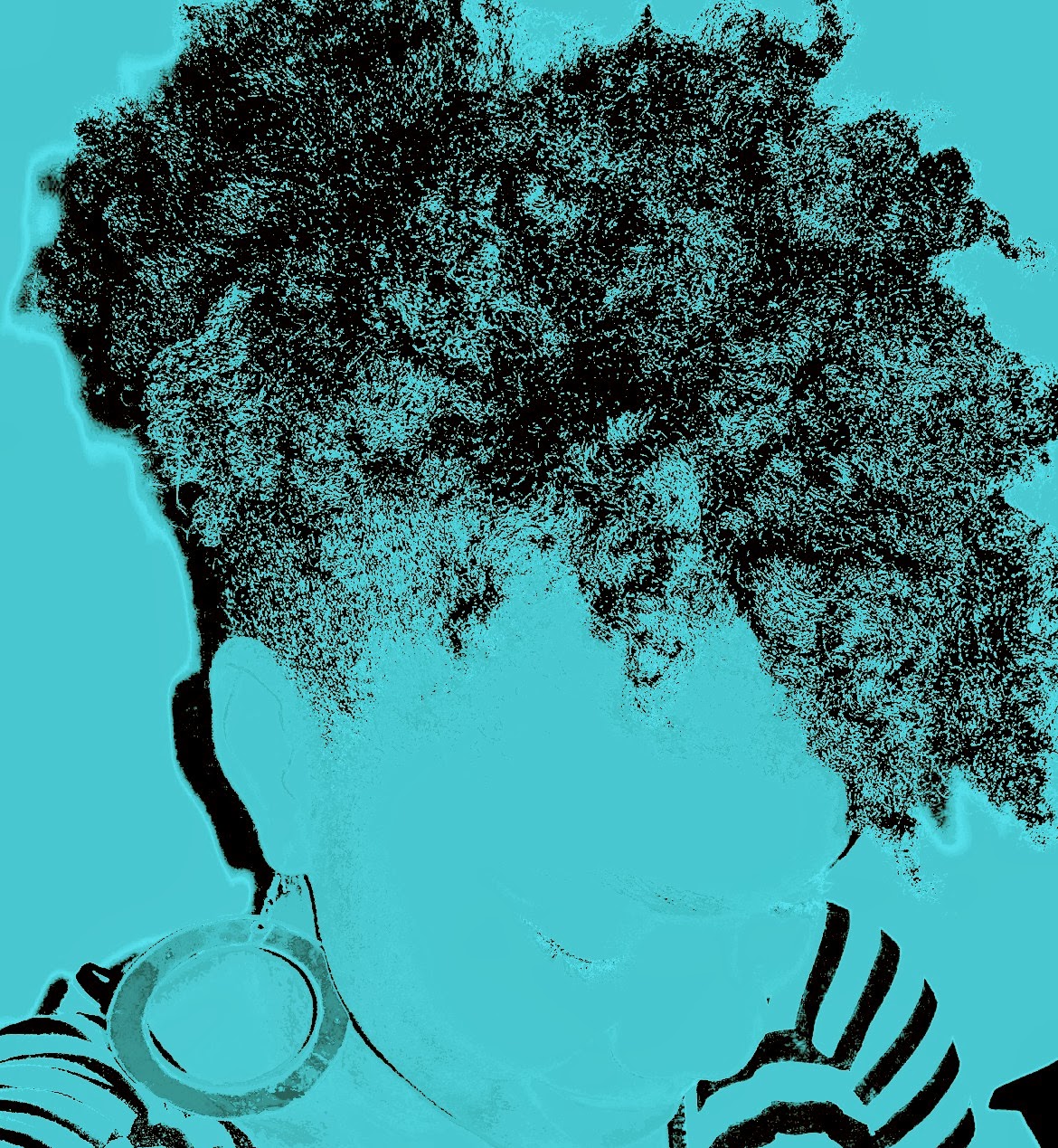MY HAIR VS.
GOOD HAIR
I had a
friend say to me once, “I have that good hair.” She continued talking about her
“good hair,” bragging about how easy it was to comb while complaining about how
it wouldn't hold a curl. I added, “I have
good hair, it’s very thick and holds a curl.” She looked at me the way you look
at someone when you don’t want to be disagreeable, but you disagree. I understand
that my course, thick, 4b hair is not considered “good hair,” but I often
challenge people when they use that term to describe hair like that of my
friend.
I love my hair, I have good hair-esteem. I make sure it’s healthy and well cared for.
In the past when I relaxed my hair, I got compliments on
its health and thickness. Now that I've been
natural for 18 months, I get compliments on the texture of my hair.
Still, every
time I say I have “good hair,” I get that, has
she looked in a mirror? look.
Or the, does she understand the
definition of good hair? look.
It seems to
me we either need to drop the term “good hair” or redefine the term to be more
inclusive.
Old Version:
good hair:
-noun
( Caribbean
) hair showing evidence of some European strain in a person's blood
New Version:
good hair :
-noun
any texture
of hair that is groomed and in a healthy state.
Can you
think of a better definition?





